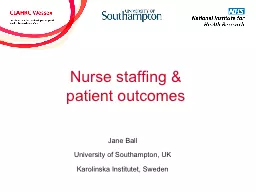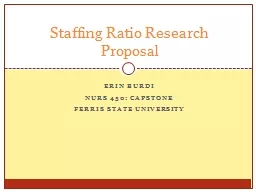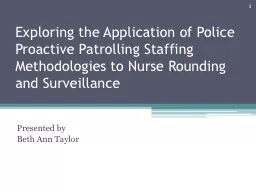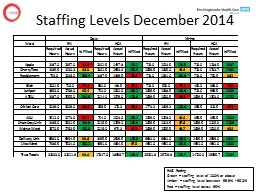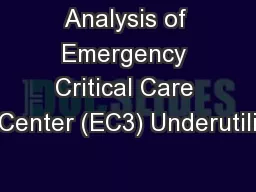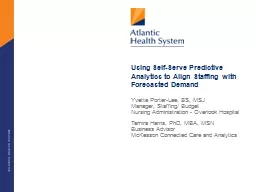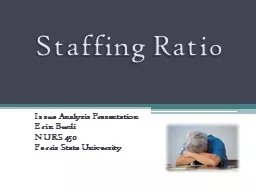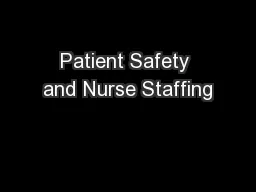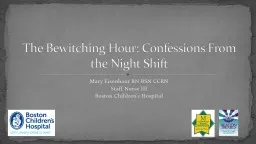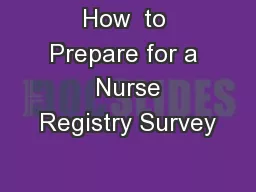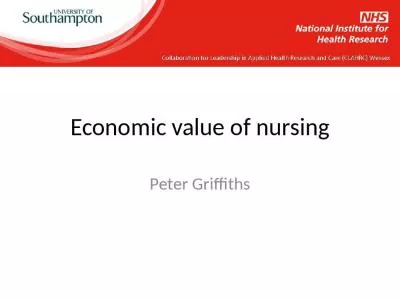PPT-Nurse staffing & patient outcomes
Author : blackwidownissan | Published Date : 2020-06-23
Jane Ball University of Southampton UK Karolinska Institutet Sweden Decades of research In the 1980s eg Hinshaw et al 1981 Staff patient and cost outcomes of
Presentation Embed Code
Download Presentation
Download Presentation The PPT/PDF document "Nurse staffing & patient outcomes" is the property of its rightful owner. Permission is granted to download and print the materials on this website for personal, non-commercial use only, and to display it on your personal computer provided you do not modify the materials and that you retain all copyright notices contained in the materials. By downloading content from our website, you accept the terms of this agreement.
Nurse staffing & patient outcomes: Transcript
Download Rules Of Document
"Nurse staffing & patient outcomes"The content belongs to its owner. You may download and print it for personal use, without modification, and keep all copyright notices. By downloading, you agree to these terms.
Related Documents

